Prevent Data Silos for Business Success
The volume of data in the world was predicted by International Data Group to reach 59 zettabytes this year, and one big problem with the explosion of data created, captured, copied, and consumed in the world is data silos. Fortunately, there are ways to prevent data silos from slowing your business success.
Need a better idea of IDG’s predicted 59 zettabytes? That’s equivalent to filling a one-terabyte hard drive, every day, for about 161 million years. The rapid growth of data is not slowing either. Next year, the amount of data is expected to reach 74 zettabytes, and by 2023, this year’s number will have doubled to 118 zettabytes.
Data is a business driver today. Different departments are making decisions based on the data they collect. But that’s the very problem: “different departments.” When the team, business unit, or department keeps its data internally it creates silos.
There are many problems with data silos. These include:
- Overlapping but inconsistent data is collected separately.
- Gleaning actionable insights is challenging.
- Barriers to a holistic view of opportunities or threats are created.
- Resources are wasted learning from data analyzed through a narrow lens.
Think about it from the perspective of higher education. One campus has admissions, retention, health and wellness, student life, academics, and more; and students interact with any number of those. But if these groups don’t share information, an at-risk student could slip through the cracks. In business, data silos put innovation and growth opportunities at risk.
Technology Prevents Data Silos
Each department has its own objectives, so it collects and stores data for its own purposes, and it does this using different tools. One area of a hospital might use spreadsheets, another accounting software, and yet another has an online patient management platform. Each deals with data differently.
So, how does technology break down the silos within organizations? Here are five strategies that can help.
#1 Embrace a collaborative culture
That doesn’t sound like an IT thing, but many technologies support communication across an organization, and communicating the benefits of sharing data isn’t going to work on its own. You need to give your people the tools to exchange data and discuss it. Microsoft Teams, for example, allows departments to share, comment, and edit spreadsheets in real-time, all while working in a shared-screen video conference call.
#2 Clean your data
No, we don’t mean with soap (bad idea), but taking the time to go through your business data prior to integration can help with accuracy. Don’t waste valuable resources integrating and then storing out-of-date data? Take the time to ensure you are centralizing only data that still has value.
#3 Use integration software
All your data resides in different software today. Using integration software, you can sync data across the various enterprise solutions. This helps give you a complete picture of company data. What’s more, cloud-based integration platforms can also automatically update data to ensure higher quality.
#4 Create a centralized data home
Creating a central home for data supports greater accuracy and reduced human effort. Data from different sources is homogenized and consolidated in a cloud data platform. Cloud-based technology allows people to add and update data from the office, at home, or on the road. The cloud is also easily managed and can cut ongoing operational costs.
#5 Select applications that integrate
As you replace legacy systems, prioritize applications that have native integration, as this can save your IT team effort. For example, avoid scripting integration between accounting software and an e-commerce platform.
Conclusion
Preventing data silos gives you access to enterprise-wide insights. A holistic view makes discovery of new opportunities and operational efficiencies more likely. Cost savings could follow, too! For one thing, you can avoid data redundancy and free up more storage.
Find out what technology is available to integrate your data silos. A managed service provider can review your objectives and IT inventory.
For more information contact us today on 1800 960 487 or message us on Facebook here
